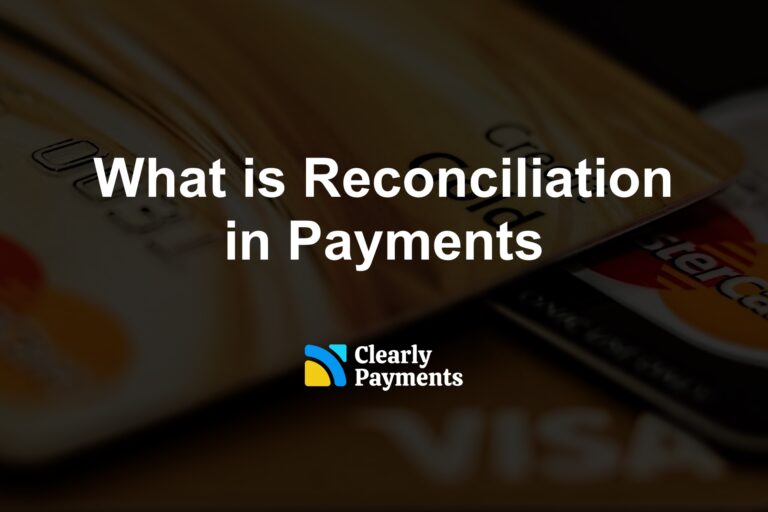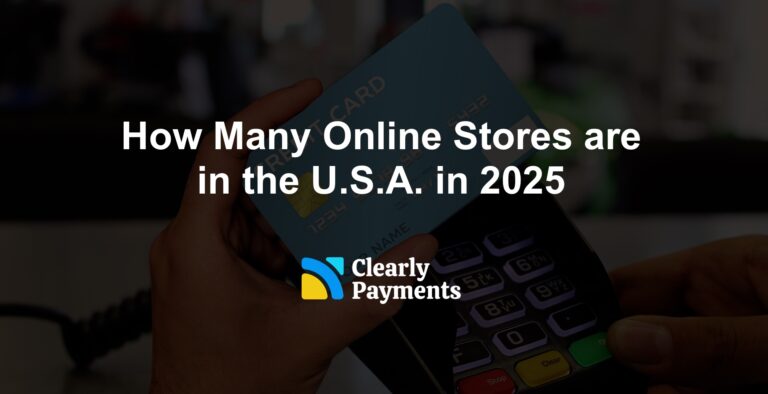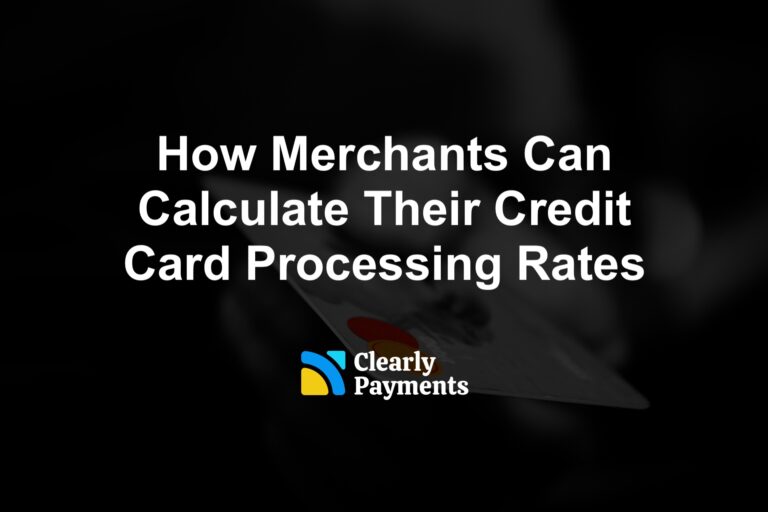In payments and finance, one of the most important activities that businesses perform is reconciliation. While it may sound like a complex term, reconciliation is simply the process of making sure that two sets of financial records match.
Specifically in the payments industry, it’s about confirming that the money that was supposed to be received or paid out has actually been received or paid, and that the records kept by different parties agree with each other.
What is Reconciliation?
At its core, reconciliation is a comparison process. In payments, it involves checking your internal records—such as your accounting or sales data—against records from other sources, like banks, payment processors, credit card companies, or financial institutions.
For example, a business may sell 100 items online and expect $10,000 to be deposited into their account. Reconciliation involves making sure that the $10,000 actually arrived, that it matches the sales reports, and that there are no errors, missing funds, or duplicate payments.
Why is Reconciliation Important?
Reconciliation is an important process for several reasons:
1. Accuracy of Financial Records
Without reconciliation, businesses may not realize they are missing money, have overcharged or undercharged customers, or made accounting errors.
2. Fraud Detection
Discrepancies in records can be an early warning sign of fraud, theft, or unauthorized transactions.
3. Compliance and Auditing
Regulatory bodies often require accurate financial reporting. Reconciliation helps companies prepare for audits and meet compliance obligations.
4. Cash Flow Management
Knowing exactly how much money has come in and gone out helps businesses manage cash flow and make sound financial decisions.
How Does Payment Reconciliation Work?
The payment reconciliation process usually involves a few key steps:
1. Collecting Data
First, businesses gather financial data from different sources, such as:
- Sales and invoice data from their point-of-sale (POS) or e-commerce system
- Bank statements showing deposits and withdrawals
- Reports from payment processors (like PayPal, Stripe, or Clearly Payments)
- Credit card settlement data
2. Matching Transactions
Next, these transactions are compared line-by-line. For instance, a $100 sale recorded on the POS should be matched against a $97.10 deposit in the bank account (after fees are deducted).
3. Identifying Discrepancies
If something doesn’t match—a transaction is missing, duplicated, or the amounts differ—then the discrepancy is flagged for review.
4. Investigating and Resolving
The finance team investigates any issues to find the cause. Common reasons include:
- Payment processing fees
- Refunds or chargebacks
- Timing differences (i.e., a sale was recorded today, but the deposit won’t happen until tomorrow)
- Entry errors
Once the issue is identified, it can be corrected in the records.
Types of Payment Reconciliation
Reconciliation in payments can vary based on the type of business and systems used, but the most common types include:
1. Bank Reconciliation
This compares a company’s internal payment records with its bank statement. It ensures that all expected payments have arrived and been recorded correctly.
2. Processor Reconciliation
This involves comparing records from payment processors (like Visa, Mastercard, or PayPal) with internal records. It verifies that all processed payments have been accounted for and received.
3. Merchant Statement Reconciliation
Payment processors issue merchant statements that summarize transaction activity, fees, and deposits. Businesses reconcile this with their sales and accounting systems.
4. Intercompany Reconciliation
For large corporations with multiple divisions, reconciling transactions between internal departments ensures consistency across the group’s financial statements.
Challenges in Payment Reconciliation
Even though reconciliation is important, it is often time-consuming and prone to difficulties:
– High Volume of Transactions: E-commerce businesses, retailers, and subscription services may process thousands of transactions a day, making manual reconciliation overwhelming.
– Multiple Payment Methods: Businesses today accept payments through credit cards, digital wallets, bank transfers, buy-now-pay-later platforms, and more. Each comes with its own reporting format.
– Complex Fee Structures: Different payment providers charge varying fees depending on card type, country, currency, and more. Understanding net deposits can be tricky.
– Currency Conversions: For international businesses, exchange rates add another layer of complexity.
– Timing Differences: Settlements don’t always happen instantly. There’s often a delay between when a payment is made and when the funds arrive in the business’s account.
The Role of Automation in Reconciliation
Manual reconciliation using spreadsheets and calculators is becoming outdated. Many businesses now use automated reconciliation software to speed up the process and reduce errors. These tools can:
- Import and match transactions automatically
- Highlight exceptions or mismatches
- Track fees and chargebacks
- Generate audit-ready reports
- Integrate with accounting systems like QuickBooks, Xero, or NetSuite
By automating reconciliation, businesses can save time, reduce risk, and gain more accurate financial insights.




